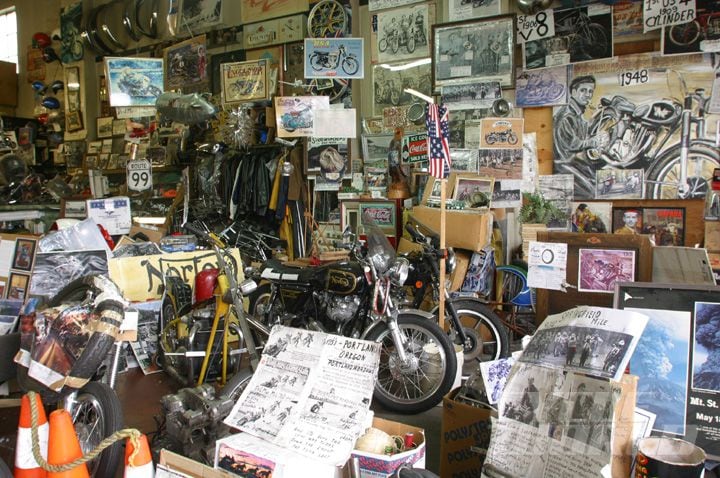Store the most effective MX Parts NZ for Your High-Performance Bike
Store the most effective MX Parts NZ for Your High-Performance Bike
Blog Article
Mastering Motorcycle Gears: Exactly How to Enhance Your Riding Experience
In the world of motorcycling, mastering the art of gear adjustment is crucial for boosting your riding performance. Correctly utilizing and comprehending motorbike gears can considerably impact acceleration, control, and fuel performance, changing a typical ride right into a smooth, electrifying journey. By integrating precise shift timing and adjusting equipment selection to different road problems, cyclists can make sure ideal engine performance and safety and security. The nuances of clutch control, throttle coordination, and equipment technicians bid a deeper expedition, guaranteeing to unlock the complete possibility of your equipment. How can these techniques be harnessed to truly enhance your riding experience?
Comprehending Equipment Mechanics
Just how do the intricacies of gear mechanics influence motorbike performance? At the core of motorbike dynamics, gear auto mechanics play an essential role in converting engine power into activity, eventually dictating speed and control. Gears, thoroughly crafted elements, permit cyclists to maximize torque and rate, guaranteeing a smooth transition through various surfaces and rates. The equipment proportions, very carefully created, determine the connection between engine changes and wheel turns, affecting velocity and fuel performance.
Understanding equipment auto mechanics begins with acknowledging the significance of the gearbox, which houses several gears of varying dimensions. These equipments connect through a process referred to as meshing, where teeth of various gears engage to transfer power. The accuracy of this interaction is vital; any type of misalignment or damage can cause inefficient power transfer, hindering efficiency. In addition, the setup and size of gears influence the motorcycle's capability to deal with various lots and speeds.
Furthermore, the idea of gear moving is essential to optimizing performance. Smooth and timely changes guarantee that the engine operates within its optimal power band, stopping unneeded strain and boosting long life (motorcycle parts nz). By comprehending these mechanical ins and outs, motorcyclists can achieve a harmonious mix of power, control, and effectiveness, elevating their riding experience
Timing Your Shifts
Change timing proficiency is important for enhancing bike efficiency and enhancing the riding experience. Correctly timed shifts make certain that the engine operates within its ideal power band, which is vital for preserving control, achieving smooth velocity, and ensuring the longevity of the motorcycle. Cyclists must create an user-friendly sense of when to shift equipments, which includes recognizing the relationship between engine changes per min (RPM) and speed.
To master shift timing, pay close attention to the engine's sound and feel, as these supply essential hints concerning when to transform equipments. The excellent shift point normally takes place when the engine comes close to the top series of its power band without reaching the redline. Changing as well early can bring about an absence of power, while changing far too late may cause unnecessary engine stress
Furthermore, road problems and riding style impact change timing. In comparison, during highway riding, go now less shifts at greater rates can be much more suitable.
Enhancing Fuel Performance
While grasping motorbike gears is essential for performance, enhancing fuel efficiency is equally essential for both financial and environmental reasons. Optimum gas consumption not just minimizes functional costs however additionally minimizes the eco-friendly impact of riding. To attain this, one need to understand the elaborate partnership in between equipment selection and engine performance.
Riding in a higher gear at reduced speeds can lead to engine carrying, which is damaging to both fuel economic situation and engine wellness. On the other hand, riding in lower gears at high speeds results in unnecessary fuel usage.
Furthermore, regular upkeep plays a critical duty in gas performance. Making sure that the motorbike is well-tuned, with clean air filters and effectively inflated tires, can boost the rules of aerodynamics and minimize gas wastage. Furthermore, embracing a riding design that welcomes gradual acceleration and smooth deceleration can add to much better fuel economic situation.

Techniques for Smooth Transitions
Attaining smooth gear changes Web Site is basic to improving the riding experience and making certain the longevity of a motorcycle's transmission system. Proper gear moving not just adds to a seamless adventure yet also minimizes damage on the mechanical components. To grasp the art of smooth shifts, riders need to focus on a few crucial methods.

Second of all, clutch control plays a crucial role. Involving and disengaging the clutch smoothly calls for practice. The clutch bar must be launched progressively, allowing for a smooth transfer of power from the engine to the wheels without causing a shock or sudden activity.

Adapting to Roadway Problems
Browsing varied roadway problems is a crucial skill for any motorcyclist intending to maintain control and safety. Whether you're riding on damp surface areas, gravel roads, or navigating sharp turns, your capability to adapt your equipment use and riding method is critical. Understanding just how to change your gears appropriately can significantly influence grip and stability, making sure a safer trip.
In comparison, when riding on crushed rock or unequal terrain, lower gears are better. Lower equipments give better control and allow you to react even more promptly to unexpected you can try here modifications in the roadway surface.
Sharp curves demand accurate gear administration to balance speed and control. Downshifting before getting in a contour can aid preserve momentum while guaranteeing the motorbike stays stable throughout the turn. Constant technique in varied problems improves your capability to forecast and respond to changes in roadway appearance and incline.
Conclusion
Understanding motorcycle equipments significantly boosts the riding experience by boosting fuel, control, and acceleration performance. Adjusting gear selection to different road conditions, such as making use of higher equipments on damp surfaces and reduced gears on gravel, additional boosts handling and safety.
Understanding equipment mechanics begins with identifying the value of the gearbox, which houses several gears of differing sizes. These gears engage through a procedure known as meshing, where teeth of different gears engage to transfer power (motocross gear). Gentle adjustments to the throttle throughout gear shifts can protect against jerky movements and maintain a regular riding speed
Whether you're riding on damp surface areas, crushed rock roadways, or navigating sharp turns, your ability to adjust your equipment usage and riding method is critical. Adapting equipment selection to various road conditions, such as utilizing higher equipments on damp surface areas and reduced gears on gravel, additional improves handling and security.
Report this page